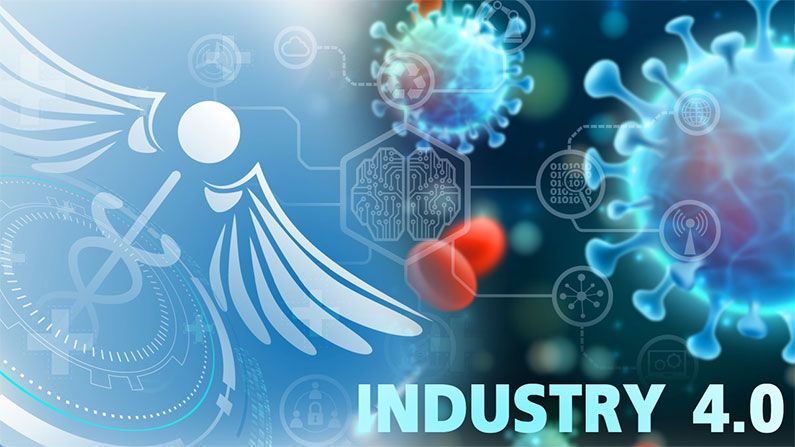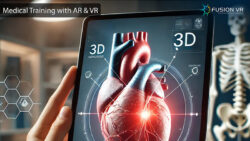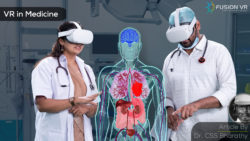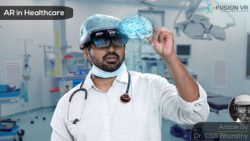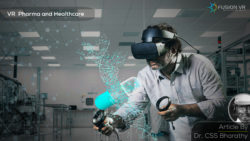The COVID-19 pandemic has affected everyone dramatically within a short period and almost overnight. The way we work and collaborate has changed and this has been made possible by Industry 4.0 technologies. Ever since the pandemic began various industries have begun aggressively deploying solutions based on these technologies to ensure uninterrupted operations, meet customer demands and adjust to the new normal. The healthcare industry has seen some excellent examples of these technologies in action and deliver better outcomes.
Data is central to Industry 4.0 technologies and IoT (Internet of Things) has made possible the collection of data in real time. Devices connected to one another, share data and benefit from that to improve operations. This has enabled AI powered analytics, live KPI dashboards which have been instrumental in better diagnostics and decisions that saved lives.
Most of you have heard about blockchain and the amazing security it delivers. It has ensured the integrity of information concerning the overall pandemic status, transmission rates, vaccine development/distribution, availability of critical PPE and medical supplies etc. The most important feature is that blockchain is not only highly transparent but also ensures having an immutable and decentralized database. Blockchain has delivered the much-needed trust required in public and private transactions with an immutable decentralized blockchain ledger during this pandemic period.
One of the exciting uses of Industry 4.0 during this pandemic has been the use of 3D printing, a key Industry 4.0 technology. This has helped develop and fabricate parts, components to assemble medical devices, PPE and other critical items that could not be delivered as the supply chain during the pandemic was severely strained due to restrictions and unavailability of key personnel.
Simulators using VR and AR have helped medical professionals gain experience in key procedures and practices without having travel physically and risk infection during conventional training sessions. VR Training is 4X more effective than any form of training using VR solutions. It has been useful in not only training new employees, but also keeping competencies and certifications current for existing doctors, nurses and other healthcare employees. Employees trained with this revolutionary method based on latest advances in brain science realize the increase in learning effectiveness and confidence.
In addition to this, we have seen the use of drones to deliver medical supplies, medicines, surveillance of COVID risk areas for compliance and slow down the rate of physical contact to reduce transmission. Drones have helped access locations that could not be accessed due to the transmission risk for medical professionals and local administrators. This has provided them first hand visuals and understanding of the situation for effective decision making that potentially affects millions of people.
It has been a constant human endeavour to put technology to make human lives better. Industry 4.0 technologies have widespread reach to accomplish that. Proper use cases need to identify key pain points in the healthcare industry. Working with established Industry 4.0 solution providers will propel the healthcare industries to greater heights in this decade. If you’re in the healthcare sector, there’s no better time than now!
Authored by: Dr. CSS Bharathy
Read From Source: Stoptazmo

